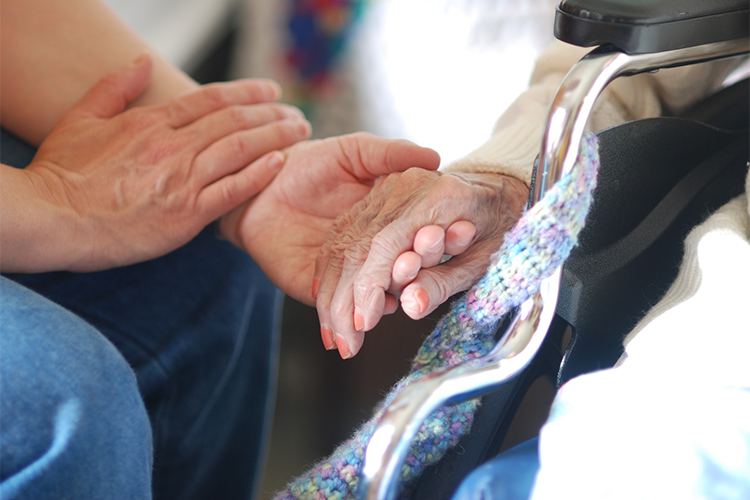As people age, many find themselves needing help with routine types of care getting dressed, bathing, preparing meals or keeping the household clean. Although many older adults either rely on family members or friends or hire at-home care providers, others move to Residential-Care Facilities for the Elderly or RCFEs.
California law defines RCFEs as housing arrangements for people aged 60 and above who need assistance with personal care or non-medical health-related services. Licensed RCFEs must provide their residents with:
- Safe and healthy living accommodations and services.
- Three nutritionally well-balanced meals and available snacks.
- Personal care such as assistance with dressing, eating, bathing and taking prescribed medications.
- Transportation arrangements to and from necessary medical and dental appointments.
- A planned activities program that includes proper social and recreational activities.
The two most popular RCFE types are assisted-living facilities and residential board-and-care homes. While many assisted-living facilities have 15 to 100 residents, residential board-and-cares are limited to six. This probably explains why so many RCFEs located in residential areas are assumed to be and at one time were standard family homes.
Landlords seeking RCFE licensing must successfully complete at least 40 hours of classroom training on the psychosocial and physical needs often impacting elderly residents, available community and support services, and pertinent laws and regulations. For example, without a special permit, an RCFE may neither start nor continue renting to any resident needing 24-hour supervision or skilled-nursing care.
To receive an RCFE permit, a facility must be approved as fire-safe by the local fire-enforcing agency. In addition, all bathrooms must have grab-bars for toilets, bathtubs and showers. The square footage of common areas like living rooms, dining rooms and other recreation areas must comply with government regulations. At least one RCFE staff member who is competent to assist individual residents must be present and available 24 hours each day.
RCFEs must supply each resident with a clean and comfortable mattress and lightweight warm bedding. All mattress covers and pillows must be flame retardant, and rubber sheets must be readily available. Bedroom furniture for each resident must include one chair, nightstand, reading light and chest of drawers. All bed linens must be changed and washed in an onsite laundry area at least once a week, and more often if needed. Single bedrooms may not have more than two beds, and may not be shared by more than two residents.
To ensure that licensed RCFEs are continuing to offer their residents quality care services, inspectors from the California Community Care Licensing Division may drop by unannounced. Because their resulting inspection reports will be available public records for at least the next 12 months, anyone wishing to review them can request copies from the RCFE or obtain the telephone number and address of the closest CCLD district office.
Under current law, anyone who wishes to review a proposed RCFE residency agreement has the right to receive a blank copy. Such agreements must include full descriptions of all services to be provided, standard fees, and additional charges that might arise.
As a final note, the functioning abilities and limitations of a particular RCFEs residents may be the best description of the services the facility is able to offer. Before signing its residency agreement, it’s a very good idea to visit several times. For assistance in finding, investigating and evaluating a particular California RCFE, visit the CANHR Residential Care website at www.canhr.org/RCFE/index.html.



